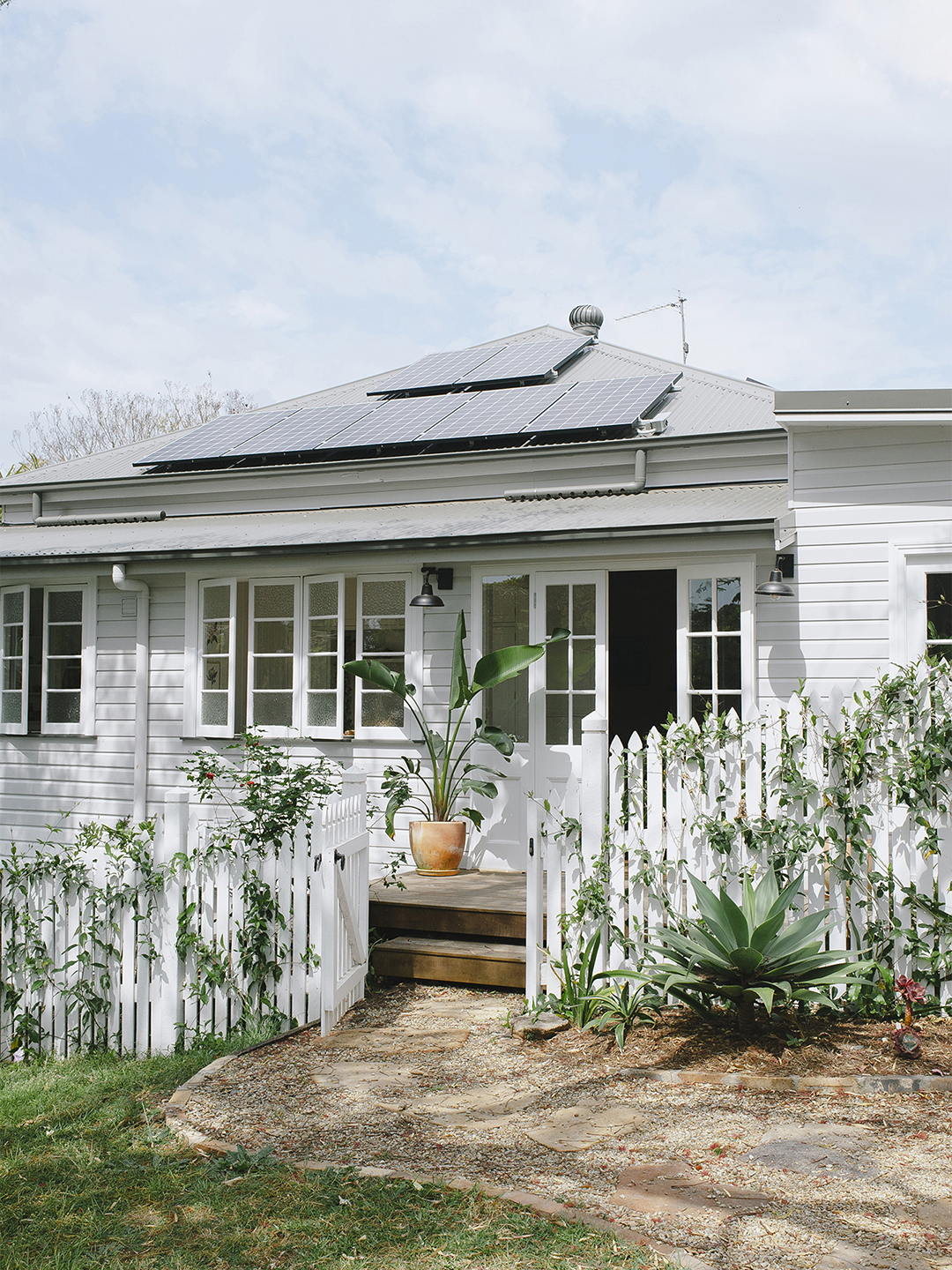We may earn revenue from the products available on this page and participate in affiliate programs.
In a fantasy world, what would your house look like? According to a new Buildworld study of 1,000 people in the U.S., U.K., and Europe, the answer isn’t just a place with a pool or a restaurant-quality kitchen. Almost 7 in 10 participants’ dream homes would include eco-friendly features like energy-efficient appliances, renewable energy technologies, and zero-waste alternatives.
Among all the people who took the survey, Generation X respondents were most likely to choose nonpolluting fixtures such as electric stoves. Millennials were more enthusiastic about houseplants, and over half of the respondents, no matter their age, would love extra green space.
Reducing the impact of your existing house on the environment can be budget-friendly—it’s all about small steps and long-term plans. Here are some ideas to get you started.
Compost, But Make It Chic
Tossing your fruit and veggie scraps into a compost bin instead of the trash is a low-lift way to ease into eco-friendly habits, and it’s the good deed that keeps on giving: Compost waste is also an excellent fertilizer for plants. There are plenty of stylish, odor-free options to choose from, but we recommend this Bamboozle countertop container, which is made from biodegradable bamboo and has a handle for effortless transportation to the farmers’ market.
Invest in Solar Thermal Heat
A rooftop solar thermal heat system is a small-space alternative to traditional solar panels, which require more square footage. The warmth of the sun will not only provide hot water for your house—it will save you 50 to 80 percent on your energy bills down the line, according to the U.S. Department of Energy. Actor and philanthropist Adrian Grenier went for this option in his 116-year-old home and never looked back.
Forget About Gas Stoves
Better for your health and the earth? What’s not to love? Electric stoves are twice as energy-efficient as their gas counterparts, and you will likely save money on the installation and utility costs, too. Electric versions also help to improve indoor air quality, which is not the case with gas cooktops (they release carbon monoxide, which can be toxic).
